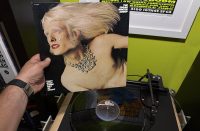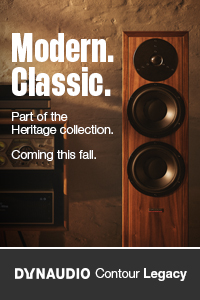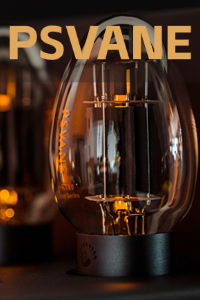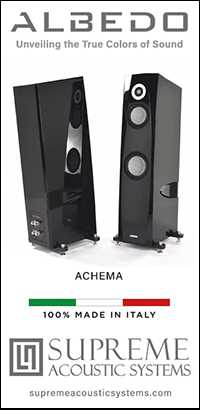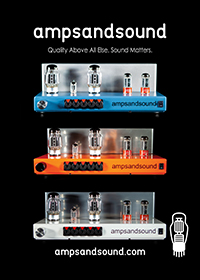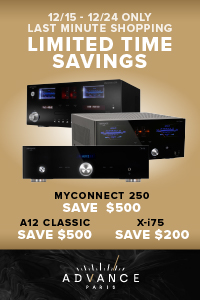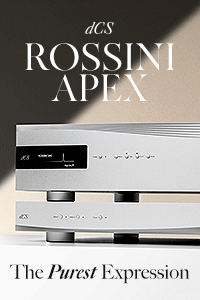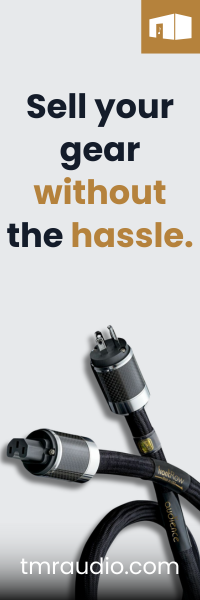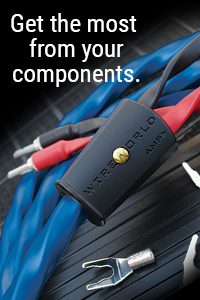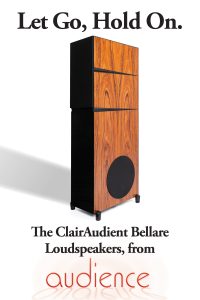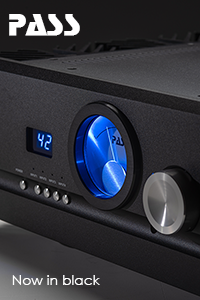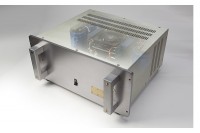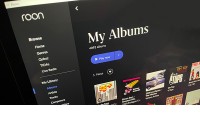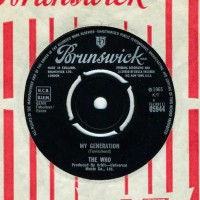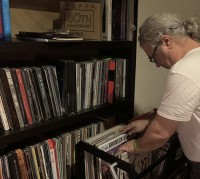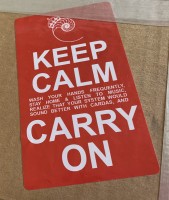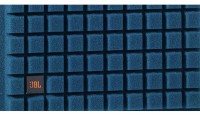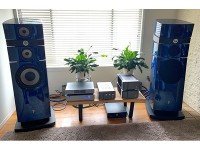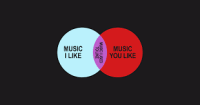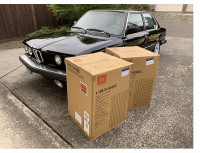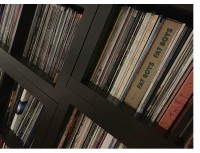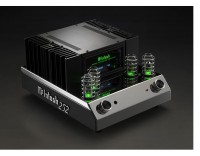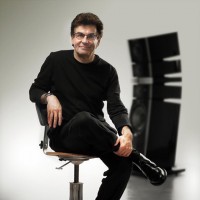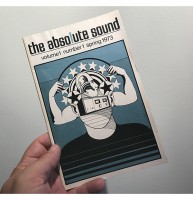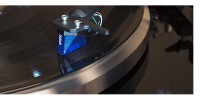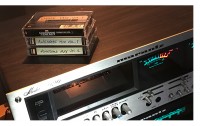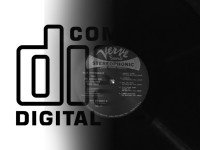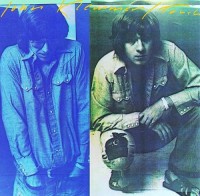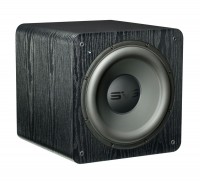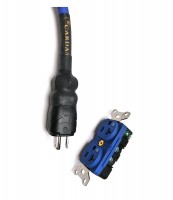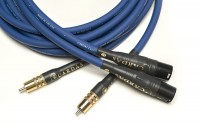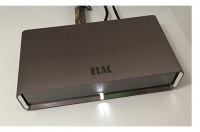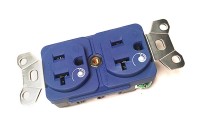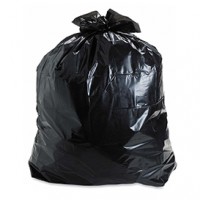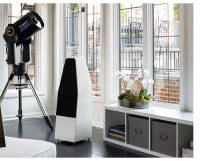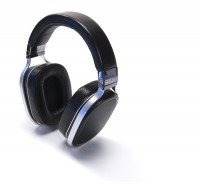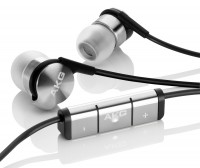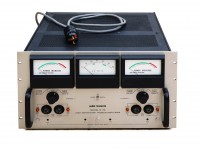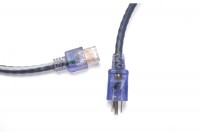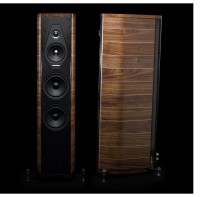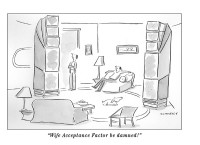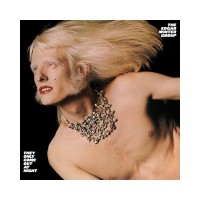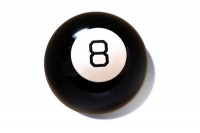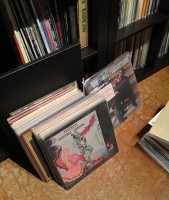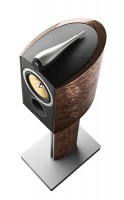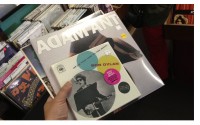
Now that we are well into our 16th year of publication, it seems apparent that there are still some in the audience that don’t fully understand what we do, why we do it, and what sets us somewhat apart. Now is as good a time to clarify as ever, eh? Many of you have been reading us since the early days, so I’m guessing you like our approach enough to stay. And for that, I thank you very much.
However, there is still the occasional snarkiness lurking, and just as in today’s world situation, claims get made, no matter how unfounded they might be. You might even go as far as to call it “fake news.” Without trying to offend anyone, I’ve never bought into the concept of fake news, I’ve always seen every news outlet as having somewhat of a slant or bias. We’re human beings, and no matter how much we might try to be 100% objective, it creeps in because for better or for worse, we nearly always put things into context-based upon our experience.
Filtering
So, when I read about world events, I try to digest multiple sources, perform a mental Venn diagram, see where the overlap is, and draw the best conclusion I can. If possible, thanks to the large group of people I’ve managed to get to know here, I get on the phone and call someone. An event in the UK (or any other place) may look one way in our news, yet to people that live there often have a completely different spin. Boots on the ground get the message across.
I feel that audio reviews are the same. No one review will give you a complete insight into a product, because we are all coming from a different place, with different hot buttons, and of course, different biases. Or shall we say, priorities? Most audio reviewers are just like you – audio enthusiasts, mega audio enthusiasts. Often the difference between you and us is that we’ve spent more time listening to a broader range of products than you have, and the hope is that our additional experience will add insight. At least that’s my hope.
When I was on the other side of the desk, I was a very avid consumer of high-end audio products, as any of my long time friends will attest. But that was a different time when dealers could afford to let you take a lot of things home for the weekend to test drive. Still, that was nothing compared to the gear I’ve had the privilege to listen to in my tenure at TONE. We can argue that aural memory is fleeting. I think that if you pull most of the veteran reviewers aside, they will all agree that most manufacturers have a unique enough voice to their products that they have a general knowledge bank in their heads. Quads sound different than MartinLogan, though they are both ESL speakers, and they both sound different than a pair of Magnepans, though they are all dipole radiating panel speakers. And so on.
Need the info
I’m guessing you probably have similar biases, which is why you prefer tubes over solid-state, mini-monitors over floorstanders, metal dome tweeters over soft dome tweeters, etc., etc., etc. That kind of thing. That’s what makes this pursuit of assembling a satisfying music system so exciting and frustrating at the same time. You can’t be everywhere, you can’t go to all the HiFi shows, and you can’t take everything home for the weekend.
So, you probably lean on a mixture of reviews, FB groups, internet boards, and such. What I see as the problem with the latter two, is that it usually devolves into a pissing match with people looking for validation on what they own. The Magnepan person tells you that Magnepans are the best because that’s what they own. And to them, they are. Just as the person who has a pair of single-driver speakers and a 2A3 amplifier will tell you that their approach is the one correct route to nirvana. Finally, it all just turns into a shouting contest, with gnashing of teeth and everyone going away mad. Even more today amid our current crisis, when tempers flare, and nerves are pretty raw to begin with.
Exploring audio gear was supposed to be what made audio fun.
Again I hope that you can gain some insight from all of us. The overlap is where it’s at. The other reviewers all have their unique perspective to offer, but you have to dig a little deeper to find out where their biases lie. Sometimes they will even tell you, which helps, but if you read any reviewer long enough, you get a feel for what excites them, as well as what the limitations of their systems and rooms are. You even find out what their musical tastes are – which may help or may lead you further off the track.
Lew Johnson of Conrad-Johnson once told me to “pick 25 tracks you hate to evaluate gear because when you’re done, you’ll hate them.” For those of you that know what I’m talking about, there is a secret society of audio professionals that absolutely HATE that damn Jennifer Warnes song about the horse. But it’s a tool.
It’s hard to get excited about an audio component, or put it in perspective if the tracks described throughout the copy have no meaning to you. Thankfully, streaming music now makes it much easier to listen to whatever a particular reviewer is using to evaluate a component.
But at the end of the day, it’s genuinely about the overlap. While I do not suggest buying a component strictly on a review (mine or anyone else’s), it helps to read as much as you can. I think it’s a safe bet that when a product gets a concise review here and elsewhere, it’s worth your time to investigate. Again, the current world situation has increased the degree of difficulty in this case.
Our approach
While we are occasionally criticized for not writing “negative reviews,” whenever I’ve suggested to a manufacturer at a HiFi show that we should start that trend with their product, they always back down. Interesting.
In today’s market, I don’t feel that any of the major companies, or for that matter, even the second-string companies are making rubbish anymore. With the advent of the internet and death by audio forum, bad news travels faster than ever, and if you are a company that builds inferior products, offers dreadful customer service, or both, your days are numbered. And your death will come much faster than me or anyone else writing a negative review. This is where the forums and FB pages can come in handy when researching a purchase.
If a disproportionate number of end-users are reporting similar failures or consistent bad service, this may be a product to avoid. A reviewer has no way of knowing the answer to that question.
I like to joke that everyone can usually have a great time on vacation. Everyone is happy with their HiFi purchase until something breaks. How a dealer or manufacturer handles things when it all goes pear-shaped is another matter entirely. Sooner or later, nearly everything breaks. That said, I have worked with manufacturers that I have never had a failure with, but that’s an article for another day. When a manufacturer or their supporting dealer gets you sorted out and back to listening to music quickly and painlessly, that’s a big plus – and you can’t get that from a review.
Where a number of the automotive magazines do “long term tests,” keeping a car for a year to see how maintenance is performed, what breaks, and how much it cost to repair, most audio gear does not fail in the short period it is here for review. We have had a few things that have either arrived destroyed (no fault of the mfr) or have failed repeatedly during the review period, but those products have not made it to the completion of the review process. And to be fair, this has only happened a few times in nearly 1700 product reviews.
You’re super busy, and I get it
This leads to the core of our approach. My goal from the beginning with TONE was to be like a great concierge in a great hotel. Not to be “Mr. Know It-All of Hi?Fi.” I’ll let you in on a little secret, no one is. There are thousands of you and a few of us. Collectively, you will always know more. A great concierge listens to their guests, building their knowledge base on feedback received. More than once, our readers have led us to products we didn’t know about.
So, I’ve always felt our job is to help you make a shortlist. When you get into a hotel at 7 pm, tired from traveling all day, and you just want a good steak – now, and you want your clothes pressed in time for your 8:30 meeting tomorrow morning, that person behind the desk handles it. You don’t want to be bothered with 20 Yelp reviews (with at least three of them negative) you want to be taken care of.
That’s how I see my personal responsibility to both you and the audio industry. Need a great tube preamp with balanced inputs in the $5k-$8k range? We’ll help you find it. Need a pair of tube friendly monitor speakers that will work great in a 13 x 15 room, custom color a bonus? Got you covered.
In the context of TONE, writing a disparaging review, wastes everyone’s time, and that means in addition to finding great products for you to put on your list, I have to seek out crappy products to bash. Is that helping anyone?
What makes our process a little different
Nearly all TONE reviews begin with us vetting the products we’re interested in, rather than getting random products and being surprised. We don’t have enough hours in the day. If that’s truly the approach you want, we are not your HiFi magazine.
I’ve always felt our job is to describe a product thoroughly enough, that YOU can decide to put it on your shortlist. Many times our reviews lack the “conclusion” paragraph in most other reviews. That’s on purpose, and it’s a tribute to your intelligence. If we’ve done our job correctly, you will draw the conclusion yourself. Isn’t that the best conclusion?
This is why we always have a clear photo of the rear panel. How many inputs are there? Balanced, RCA, or? Usually a shot of the remote control too. It’s those little things. We always try to use a pair of speakers with a wide range of amplifiers, from low power SET to high power solid state. The other way around for amplifiers. The Magnepan or ESL owner is always going to want to know if it will drive “their speakers.” So we keep a pair of each on hand, specifically for this purpose.
Once the overall sound character of a component is identified and agreed upon (somewhere on the scale of warm, through neutral, to somewhat bright/forward) and put in the context of speakers, cables, and associated components, our focus turns to functionality. We feel how something will integrate into your environment and system can often be the deciding factor. We once reviewed an incredible, $60,000 phonostage that only had one input and no gain/loading adjustments. This isn’t a fit for everyone, but for the handful of people that are looking for just that, it’s a perfect choice.
A nine-watt SET amplifier, no matter how glorious it sounds, isn’t going to drive a lot of speakers. A mini-monitor with flawless midrange, won’t play techno music, a luscious moving coil cartridge with only .15mv output won’t work with all phono preamplifiers. And so on. This is why we take the shortlist approach.
We also try our best to determine if said review components are easy or tough to set up because you all have different skill (and patience) levels. I feel this is often overlooked in product reviews of all types, and can often lead to hifi frustration. I’ve heard many systems not give their all because of lack of setup, not component shortcomings.
See where I’m going with this? It’s neither my job nor my responsibility to make the ultimate decision for you. My job is to help you weed through the jungle of the myriad of products out there. No matter what you buy, there will always be something different, or perhaps that reveals more music than the component you just purchased. That’s why you rarely see the B-word (“the best”) in our pages. Someone always has infinity plus one.
You may or may not know that I photograph every component that graces the pages of TONE. I spent my last life as an advertising photographer and then as a fine art photographer creating high-quality images in the automotive world for years.
I enjoy photographing the gear almost as much as I do listening to it.
The bigger picture is that I listen to every single component that has been in this magazine. It has helped to give me a broader knowledge base, but it has also helped add that “additional listening” section that you often see in our reviews. Not everyone on the staff has ten phono cartridges at their disposal, or a range of amplifiers, cables, etc. Knowing how a component sounds when it leaves to head to one of our reviewers makes it that much easier to read their copy, and fill in those blanks at the end if they’ve missed something due to lack of additional associated components.
The last link in the chain
Our job would be so much easier if we could visit your house, size up your room, system and music collection – making suggestions that we think could help you build a system, or get to the next level of audio performance. In a pandemic free world, that would be your dealers’ job, and this is why we’ve been running the “dealers that mean business” section at the back of the magazine.
This part of TONE is a free service to you and those dealers listed. There are a few dealer ads in the magazine, but the DMB section is no cost to those dealers. They are all establishments that we have visited personally, have attended events at, and talked to their customers about the level of service received. Some of these dealers I have even purchased components from over the years. In short, these are dealers I would spend my money with, and get my endorsement.
A final bit of clarity
If you’ve read this far, thank you. This has been a long “blog” post, but I hope it helps clarify how we operate. We’ve received a lot of wonderful emails and phone calls, along with some great in-person chats with you over the years, and precious few nastygrams.
If we’ve helped make the path a little less confusing, and helped lead you to a satisfying audio experience, then we’ve done our job. That’s always been our goal.
And throughout this wacky time, I hope we can continue to be a useful resource for those of you that read our pages.
